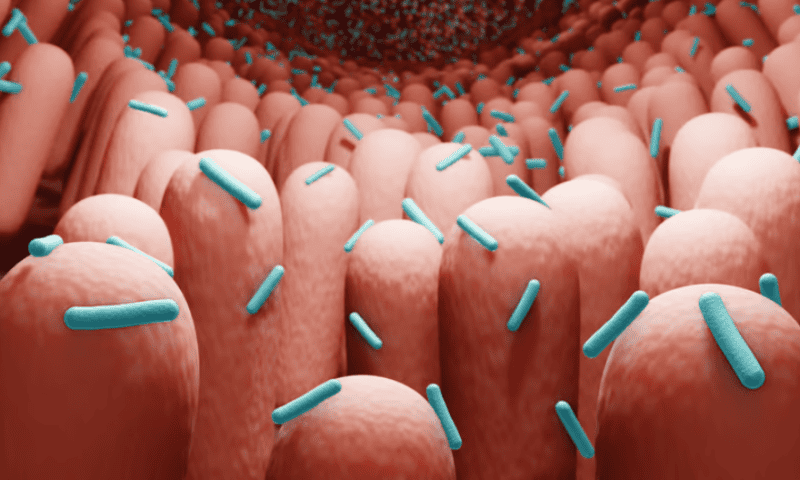A common microbe that migrates from the mouth to the gut may be responsible for driving the progression of colorectal cancer, new findings from the Fred Hutchinson Cancer Center suggest.
In a journal article published March 20 in Nature, scientists described how they discovered a subtype of the oral bacterium Fusobacterium nucleatum—which they dubbed Fna C2—and learned that it drives the progression of colorectal tumor growth.
“We have pinpointed the exact bacterial lineage that is associated with colorectal cancer, and that knowledge is critical for developing effective preventative and treatment methods,” Christopher Johnston, Ph.D., said in a press release. The findings are particularly important to the creation of microbial cell therapies for cancer, which use altered strains of bacteria to get drugs into tumors.
Colorectal cancer has been in the headlines frequently over the past few years due to rising rates among people younger than 55, in whom the disease is often discovered at later stages and is thus more difficult to treat. Evidence points to everything from antibiotic use and microplastics to binge drinking and other lifestyle factors as potential culprits, making it difficult to pinpoint a single driving force.
Regardless of which risk factor is most responsible, it’s likely that the complex interaction with gut bacteria and the immune system is what ultimately causes cancer to develop. F. nucleatum in particular is a well-established player in carcinogenesis. While it’s found in the mouth in both healthy people and those with periodontal disease, it’s also present in colon tumors at higher levels than in normal gut mucosa.
The new study adds nuance to F. nucleatum’s role in cancer by showing that there are two different subtypes, or clades, of the bacterium—and that only one of them, Fna C2, is found in abundance in colorectal tumors. When the researchers sequenced the genes of Fna C2 and compared them to Fna C1, they found that Fna C2 had unique genes that made them more capable of migrating from the mouth to the stomach, surviving the highly acidic environment once they got there, and then growing in the lower GI tract.
Given that these genetic changes gave the bacterium “enhanced metabolic potential,” as the researchers put it in their study, they set out to see whether they contributed to cancer progression. They gave doses of Fna C1, Fna C2 or a control solution into the mouths of mice with colorectal cancer. The mice that received Fna C2 had a higher number of adenomas in their large intestines than did either mice that were given Fna C1 or the control solution. They also had more cancer-associated inflammation in their intestines.
“Overall, our results demonstrate the ability of Fna C2, but not Fna C1, to metabolically affect the intestinal milieu towards pro-oncogenic conditions,” the scientists wrote in their paper.
In addition to the mouse studies, the researchers also analyzed more than 200 colorectal tumors from patients. Fna C2 was present in half of them, the paper said. The bacterium was also found in stool samples from people with colorectal cancer at higher rates than those without it.
“This work demonstrates that Fna C2 is a highly virulent subgroup of [F. nucleatum] that should be the primary focus for mechanistic studies and therapeutic drug design in [colorectal cancer],” the researchers wrote.

